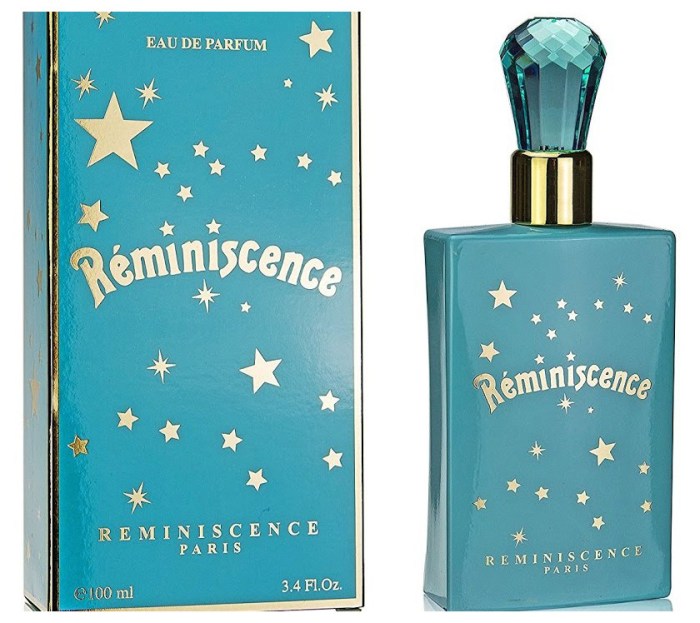Sense closely linked with memory crossword sets the stage for this enthralling narrative, offering readers a glimpse into a story that is rich in detail and brimming with originality from the outset. The intricate connection between our senses and our memories forms the bedrock of this exploration, promising a journey into the depths of human cognition.
Our senses, like vibrant threads, weave a tapestry of experiences that become indelibly etched in the fabric of our memories. The sights we behold, the sounds that caress our ears, the scents that evoke distant lands, the tastes that tantalize our palates, and the textures that caress our skin—each sensory input becomes a brushstroke on the canvas of our minds, shaping the contours of our past and influencing the contours of our future.
1. The Interconnectedness of Sense and Memory

The senses and memory are intricately linked, with sensory experiences playing a pivotal role in triggering memories and vice versa. The brain serves as the central hub for this connection, facilitating the encoding, storage, and retrieval of sensory information and associated memories.
Sensory experiences activate specific neural pathways in the brain, which are then linked to the corresponding memories. This association is bidirectional, as memories can also trigger the reactivation of sensory experiences, leading to vivid recollections.
2. Types of Senses Linked to Memory

Various senses are closely linked to memory, each evoking specific types of memories:
- Sight:Visual cues, such as images and colors, can trigger memories of past events, places, and people.
- Sound:Auditory cues, including music, voices, and noises, can evoke memories associated with emotions and experiences.
- Smell:Olfactory cues, such as fragrances and odors, are particularly powerful in triggering memories, as they directly connect to the brain’s emotional centers.
- Taste:Gustatory cues, such as flavors and textures, can evoke memories of meals, events, and childhood experiences.
- Touch:Tactile cues, such as temperature, pressure, and textures, can trigger memories of physical sensations and emotional states.
3. Sensory Cues and Memory Retrieval: Sense Closely Linked With Memory Crossword

Sensory cues serve as powerful triggers for memory retrieval. A particular sensory stimulus can activate specific neural pathways in the brain, leading to the recall of a specific memory. This phenomenon is known as sensory-specific memory retrieval.
For example, the smell of freshly baked bread may trigger memories of childhood visits to a bakery, while the sound of a specific song may evoke memories of a particular event or person.
4. Sensory Details and Memory Enhancement
Adding sensory details to memories enhances their vividness and makes them easier to remember. By incorporating specific sensory cues into the encoding process, such as sights, sounds, smells, tastes, and textures, memories become more multidimensional and easier to retrieve.
Techniques for incorporating sensory details into memory encoding include:
- Active recall:Recalling memories from memory without the use of cues.
- Imagery:Creating mental images associated with the memory.
- Chunking:Breaking down large amounts of information into smaller, more manageable chunks.
- Mnemonic devices:Using memory tricks, such as acronyms or rhymes, to aid in recall.
5. The Impact of Sensory Loss on Memory
Sensory loss, such as hearing loss or vision loss, can have a significant impact on memory function. The loss of a particular sense can disrupt the encoding and retrieval of memories associated with that sense.
For example, hearing loss can make it difficult to remember conversations or sounds, while vision loss can affect the ability to recall visual memories.
6. Therapeutic Applications of Sense-Memory Connection

The sense-memory connection has therapeutic applications in improving memory function and well-being. Sensory stimulation, such as music therapy or aromatherapy, can be used to:
- Enhance memory recall:Sensory cues can trigger the retrieval of specific memories.
- Reduce stress and anxiety:Sensory experiences can have a calming effect on the mind and body.
- Improve mood:Certain sensory stimuli, such as pleasant scents or music, can uplift mood and promote a sense of well-being.
FAQ Corner
How do our senses influence memory formation?
Our senses act as conduits through which sensory information enters our brains, where it is processed and stored as memories. Each sense plays a unique role in encoding memories, with sights, sounds, smells, tastes, and textures all contributing to the formation of a rich and multisensory representation of an experience.
Can sensory cues help us recall memories?
Absolutely. Sensory cues, such as a familiar scent or a specific sound, can trigger the recall of specific memories by activating the same neural pathways that were involved in the initial encoding of those memories. This phenomenon, known as sensory-dependent memory, demonstrates the powerful link between our senses and our ability to access the past.
How can we use sensory details to improve memory?
Incorporating sensory details into our memories can significantly enhance their vividness and longevity. By intentionally paying attention to and encoding sensory information, we create more robust memory traces that are easier to retrieve later on. This technique is particularly effective for recalling complex or detailed experiences.
What are the therapeutic applications of the sense-memory connection?
The sense-memory connection has found promising applications in therapeutic settings. Sensory stimulation, such as music therapy or aromatherapy, has been shown to improve memory function in individuals with cognitive impairments or memory loss. By engaging the senses, these therapies can stimulate neural pathways and facilitate the retrieval of memories.